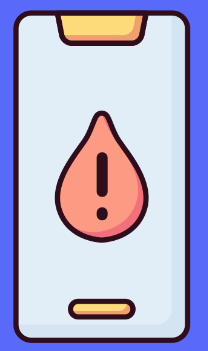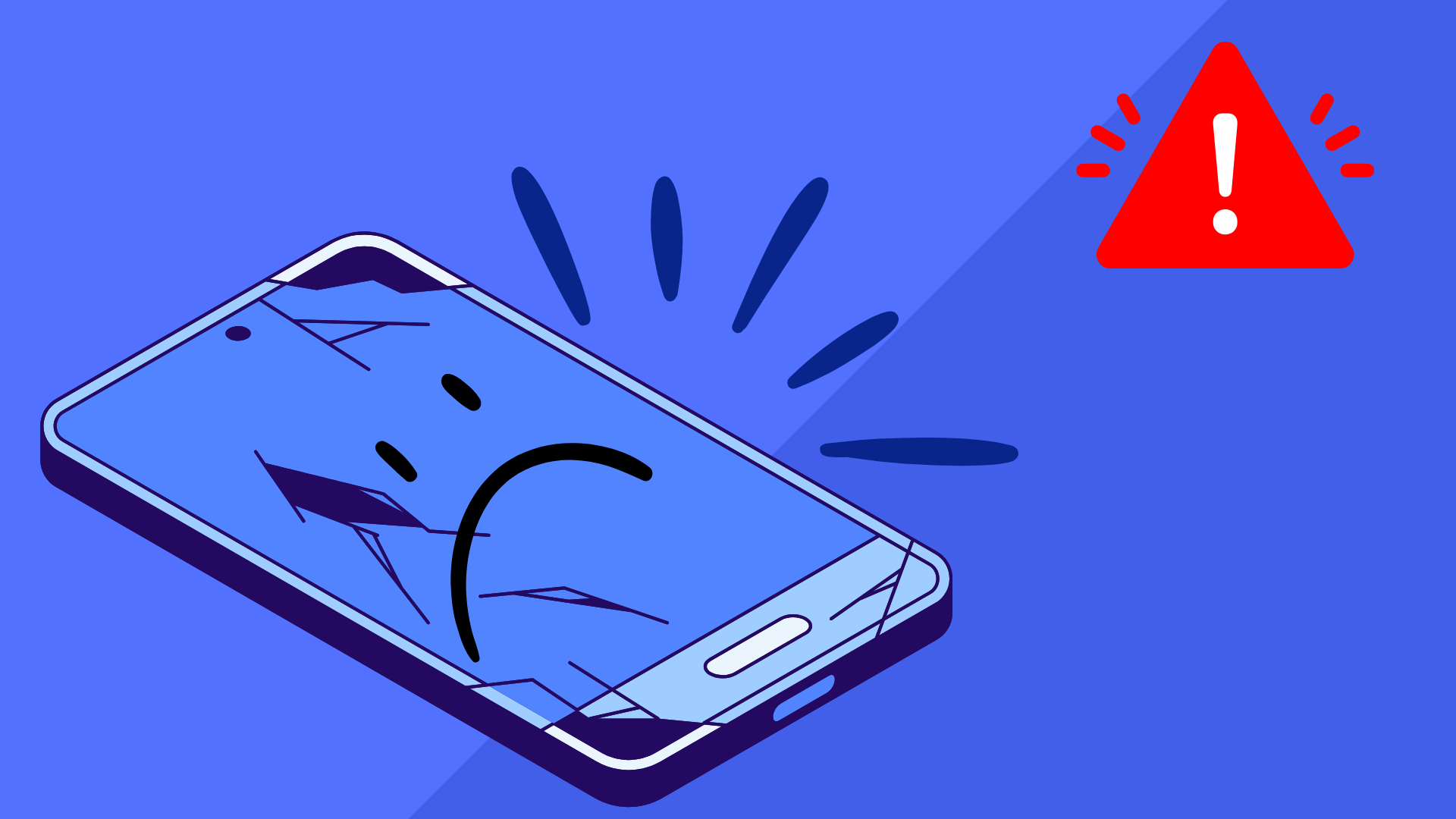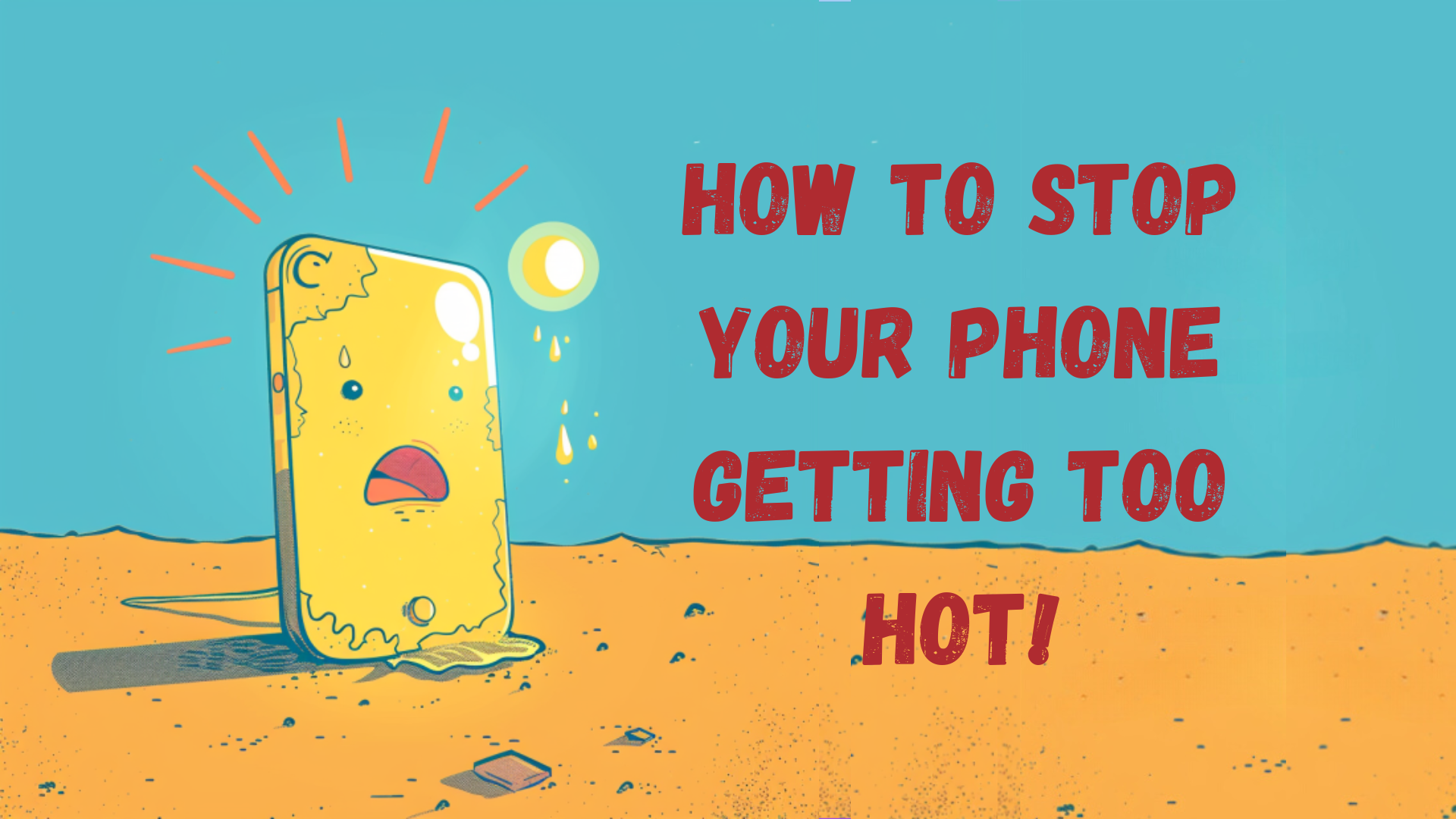Overview:
ToggleYour Phone is Fragile!
You’re likely aware of how delicate mobile phones can be. While a cracked screen is an obvious sign that your phone has taken a hit, advancements in protective cases mean that internal damage is becoming more common, even if the exterior looks fine.
In this article, we’ll dive into the most common ways people accidentally damage their phones—often without realising it. We’ll also guide you on how to identify these hidden issues, and provide practical advice on how to address and fix these problems before they worsen. Whether it’s a simple DIY fix or a situation that requires professional repair, we’ve got you covered.
Is Physical Damage Covered by our Warranty?
Physical damage is only covered by warranty if the damage is the fault of the manufacturer or reseller. Any damage that occurs to your device after it has been dispatched to you is your own responsibility, and will invalidate the warranty.
Whilst many warranty policies specifically state that ‘accidental’ damage is not covered, in reality this refers to any kind of physical damage to the device after the point at which it has been sold.
Keep in mind that if your phone is fully working when you first receive it, and then stops working at a later point in time, it’s usually due to an issue caused after it leaves the workshop.
For more Information on warranty coverage, check out our Warranty Page.

Common Types of Physical Damage
- Impact Damage– Impact damage occurs when your phone is dropped, bumped, or subjected to a strong force.
- Liquid Damage (Water Damage)- Liquid damage happens when your phone comes into contact with water or other liquids.
- Heat Damage– Heat damage occurs when your phone is exposed to high temperatures, either from direct sunlight, a hot environment, or excessive use.
Let’s explore each of these in more detail:

Impact Damage
Drops and falls are the most obvious ways your phone can get damaged, but they aren’t the only risks. Any time your smartphone gets knocked against a hard surface, there’s a chance something inside could break. It’s not just the big impacts that matter—small bumps can cause cumulative damage over time.
The delicate connections between tiny components inside your phone can loosen or break, leading to issues that may not be immediately visible.
Impact damage can also occur when your phone is put under stress or pressure. For example, keeping your phone in your back pocket while sitting down can bend or crack internal components, even if the outside looks fine. Over time, these stresses can lead to serious problems, so it’s important to handle your device with care.
-
Disconnected Screen: Impact can break the connection between the screen and logic board, resulting in a blank display, coloured lines, or flickering.
-
Damaged Touch Sensor: The touchscreen may become unresponsive, register incorrect inputs, or behave erratically due to internal damage.
-
Damaged Circuitry: Broken connections can cause voltage issues, leading to overheating or even complete device failure.
-
Battery Damage: Even minor battery damage can lead to charging issues, leaks of corrosive fluid, or, in extreme cases, the risk of fire.
-
Slowed Performance: Damage to processing circuits can slow down your phone, causing apps to freeze, crash, or lag.
-
Connectivity Issues: Damage to internal components can affect your phone’s ability to connect via mobile networks, Wi-Fi, Bluetooth, or NFC, potentially causing communication failures.
- Using a protective case
- Taking extra care of the device
- Never putting the device loose in a bag with other items
- Never leaving the device in a trouser pocket when sitting
Liquid Damage
Most people assume that ‘water damage’ only refers to the phone being fully dropped into water, such as a bath or into the toilet. However, this only accounts for a small number of water damaged devices. The truth is that any amount of moisture, no matter how small, coming into contact with the circuitry of your phone can cause damage to it. Over time, water damage can build up slowly. Here are a few things that you need to avoid:
- Direct exposure to rain
- Prolonged exposure to sweat
- Keeping your phone in a damp pocket or bag
- Using your phone in humid places such as a bathroom or greenhouse
- Using your phone with wet hands
- Contact with moisturisers and oils
- Contact with food and drink
- Condensation forming from prolonged exposure to cold temperatures
We all know that water and electricity shouldn’t mix. Liquid damage or water damage can cause a number of issues, as water can conduct electricity and damage the device.
Similarly to physical damage, liquid damage can be the cause of any kind of issue, as it can damage any component inside your device. Liquid damage is usually less dramatic than impact damage – it’s less likely to lead to brightly coloured stripes appearing across your screen, but it can still cause dire damage to your device.
- Using a fully-sealed, IP rated phone case
- Never leaving your phone outside in the car overnight
- Avoiding humid environments with your phone
- Never leaving your phone in the pocket of wet or damp clothing
- Gently wiping down your phone with a dry cloth whenever it gets exposed to water or other liquid
Heat Damage
Main article: Why is my phone overheating?
Heat damage, like liquid damage, can affect any number of sensitive components within your phone, causing a wide range of different issues. Another similarity is that heat damage can add up little by little over time.
Usually, heat damage is caused by the phone itself overheating, which is a sign of another fault caused by impact damage, water damage or software issues. It can also be caused by battery failure or a charging fault. Heat damage is more likely to occur in hot weather, so avoid prolonged exposure to direct sunlight. Never leave your phone in the bed while it is charging.
-
Battery Degradation: Excessive heat can cause the battery to degrade more quickly, reducing its capacity and lifespan. In extreme cases, overheating can lead to battery swelling, leaks, or even explosions.
-
Screen Damage: Prolonged exposure to heat can cause the screen to warp, leading to discoloration, unresponsive touch, or even permanent damage to the display.
-
Component Failure: Heat can cause the soldered connections inside the phone to weaken or melt, leading to intermittent faults or complete failure of key components like the CPU, memory, or other critical circuits.
-
Performance Issues: Overheating can cause the phone’s processor to throttle its performance to prevent damage, resulting in slowdowns, lag, and reduced responsiveness.
-
Data Loss: Excessive heat can corrupt the storage media in your phone, leading to potential data loss or corruption of files.
- Avoid Direct Sunlight
- Limit Intensive Use
- Remove Cases When Charging
- Charge in a Cool Place
- Close Unused Apps
- Update Software
- Avoid Overcharging
Ruling Out a Software Issue
In some cases, programs on your phone can cause issues that look similar to the issues above. Common software-based issues include:
- Slower-than-normal operation
- Unexpected freezing or crashing
- Stuttering screen or blank screen
- Frozen or unresponsive touch screen
- Battery draining quickly / phone overheating
Software issues are almost always caused by an app that you have downloaded. To check, you can try starting your phone in safe mode and see if the issue persists even if you don’t open any apps.

My Phone is Damaged- What Do I Do?
Having a broken phone can seem like the end of the world, but luckily we can offer you some good news here at The Big Phone Store and get you some cash for your broken device! All you have to do is go to our Sell my Broken Phone Page and see if your phone is eligible to be sold, giving you a bit of extra money to go towards a new phone!






